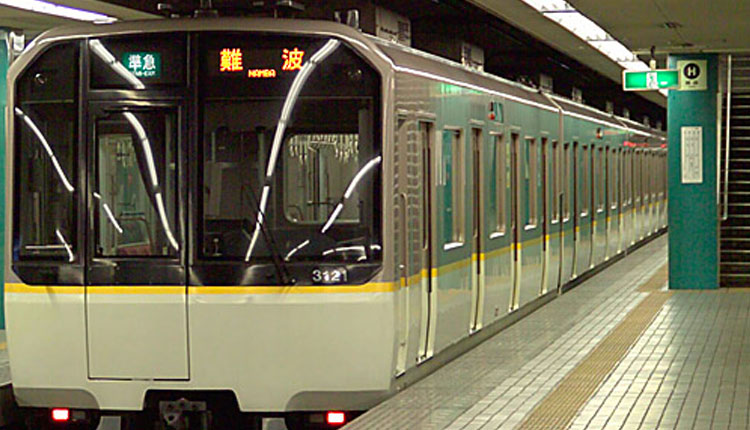Trains and Autism
Many children with autism have a well-documented interest in trains, enthralled by their motion and predictable patterns. They tend to prefer trains to planes because of their back-and-forth motion, in contrast to the variability of flight patterns. With their complex schedules and maps, trains have a great deal of information for those with autism to enthusiastically master.
In recent years, the New York Transit Museum has seen a surge of patrons on the autism spectrum and is constantly receiving field trip requests from autism classes. Riding the wave of this popularity, the museum created an after-school program for 9- and 10-year-olds called “Subway Sleuths” that concentrates on the history of New York City trains while fostering the social skills of the youngsters. Lauren Hough, an adviser to the “Subway Sleuths” program, was blown away by the participants’ command of details. When she asked how to get anywhere in the city, some of them could tell her not just which train to take, but the exact number of stair steps in each of the stations. The program has been such a hit it will be expanding in the fall.
Britain is the leader in the movement to harness the enthusiasm children with autism have for trains. Their National Autistic Society routinely organizes Thomas the Tank Engine fund-raiser walks for autism. High school students with autism were recently invited to visit the timetabling department of The London Transport Museum and The National Railway Museum in York, England initiated a disability forum to better serve visitors with autism. At the local level one autism family support group started a train club, inviting the kids to play with trains while their parents talk.
Here in Seattle, a train runs along the beach at Carkeek park. When it approaches, children scattered throughout the woods and shore rush to see the cars pass by. On a cautionary note, children with autism can be drawn to railroad tracks in the same way they are drawn to water. At Carkeek, my son was fascinated by the warning lights and wanted to climb up to the tracks to look at them, oblivious to the danger.
It’s interesting that in the news there’s been reports on neurological reasons for children with autism having difficulty with multitasking. It stands to reason that individuals with a one track mind would find delight in trains, and it’s a wonderful trend that this enthusiasm is being constructively channeled.

